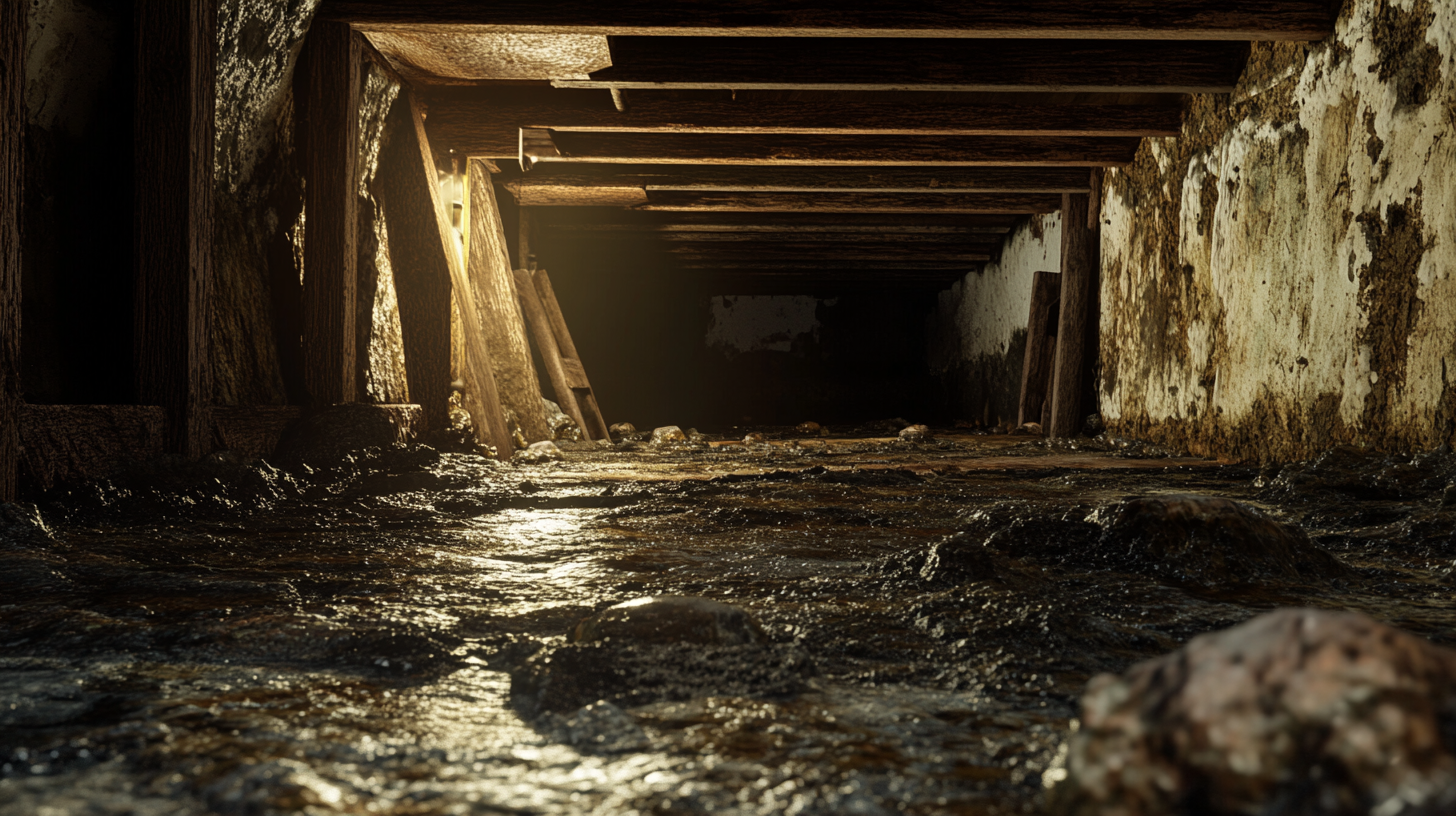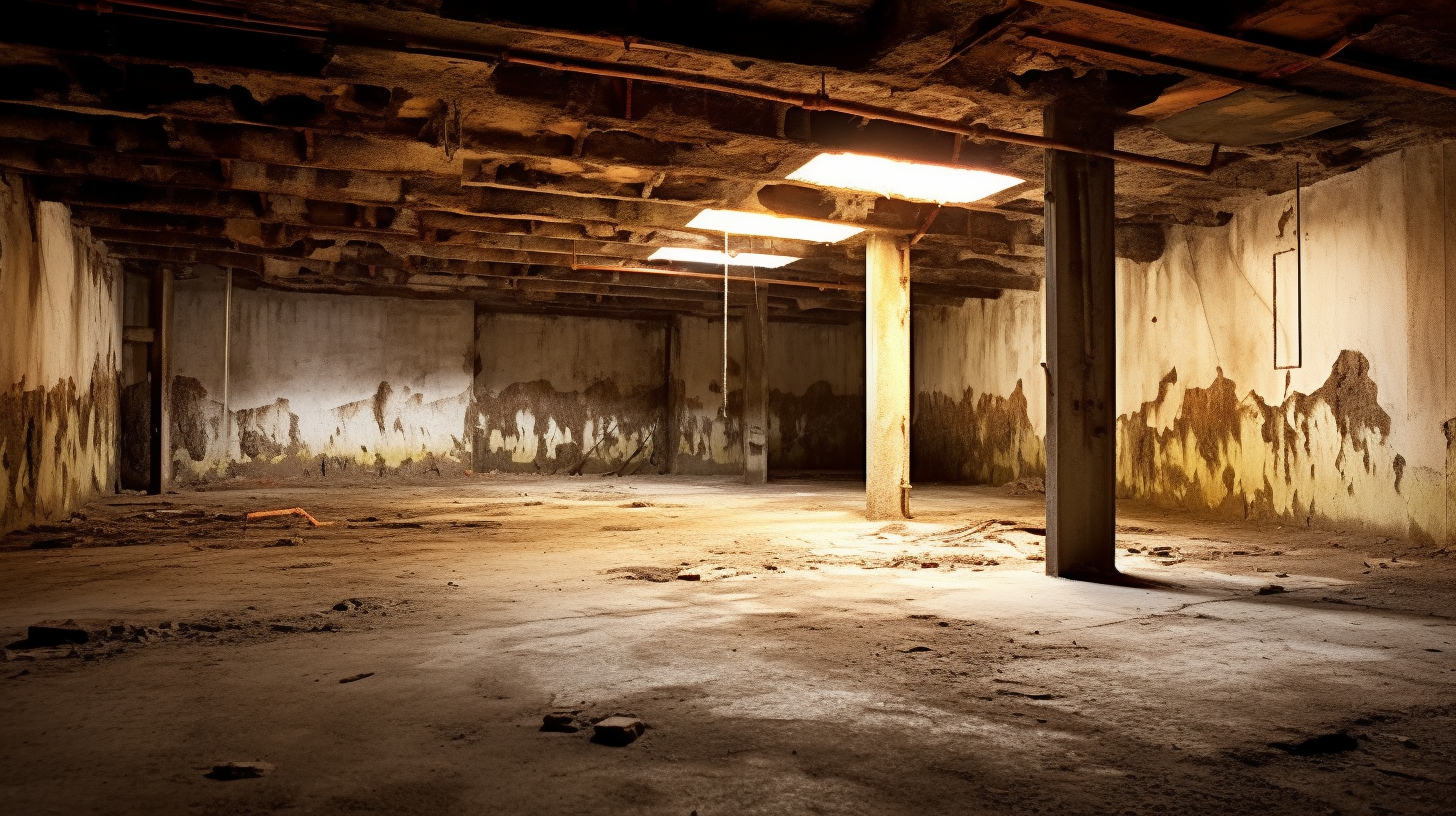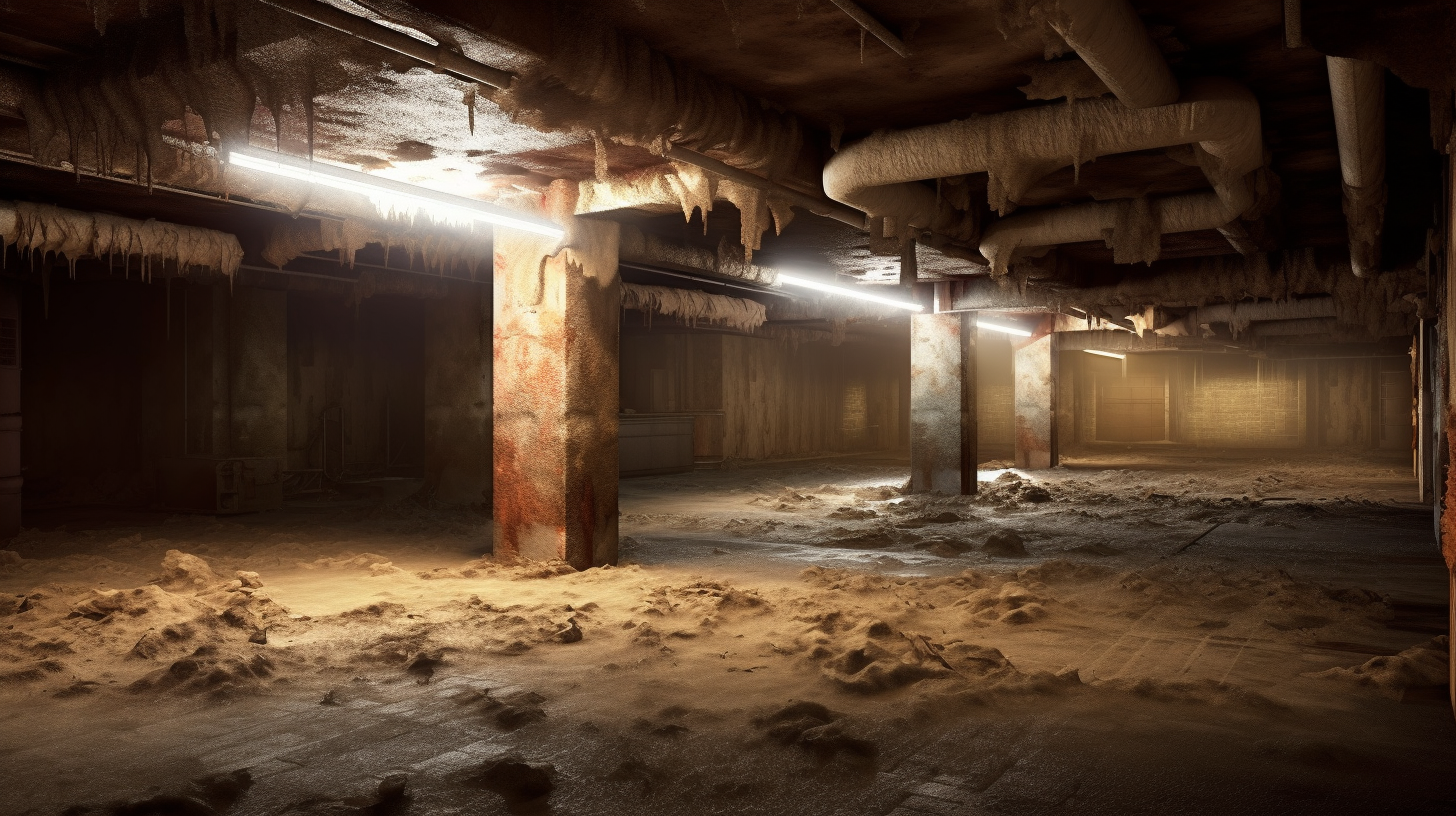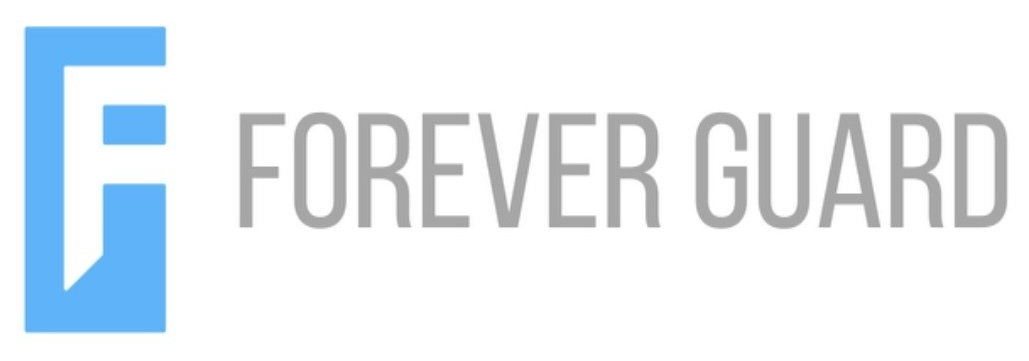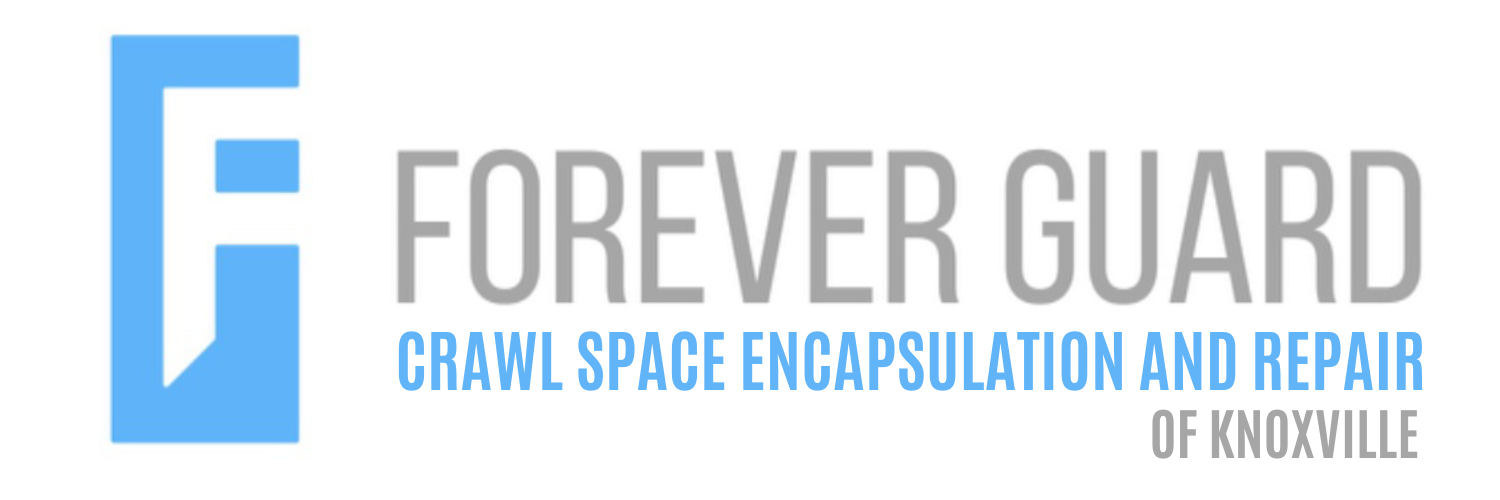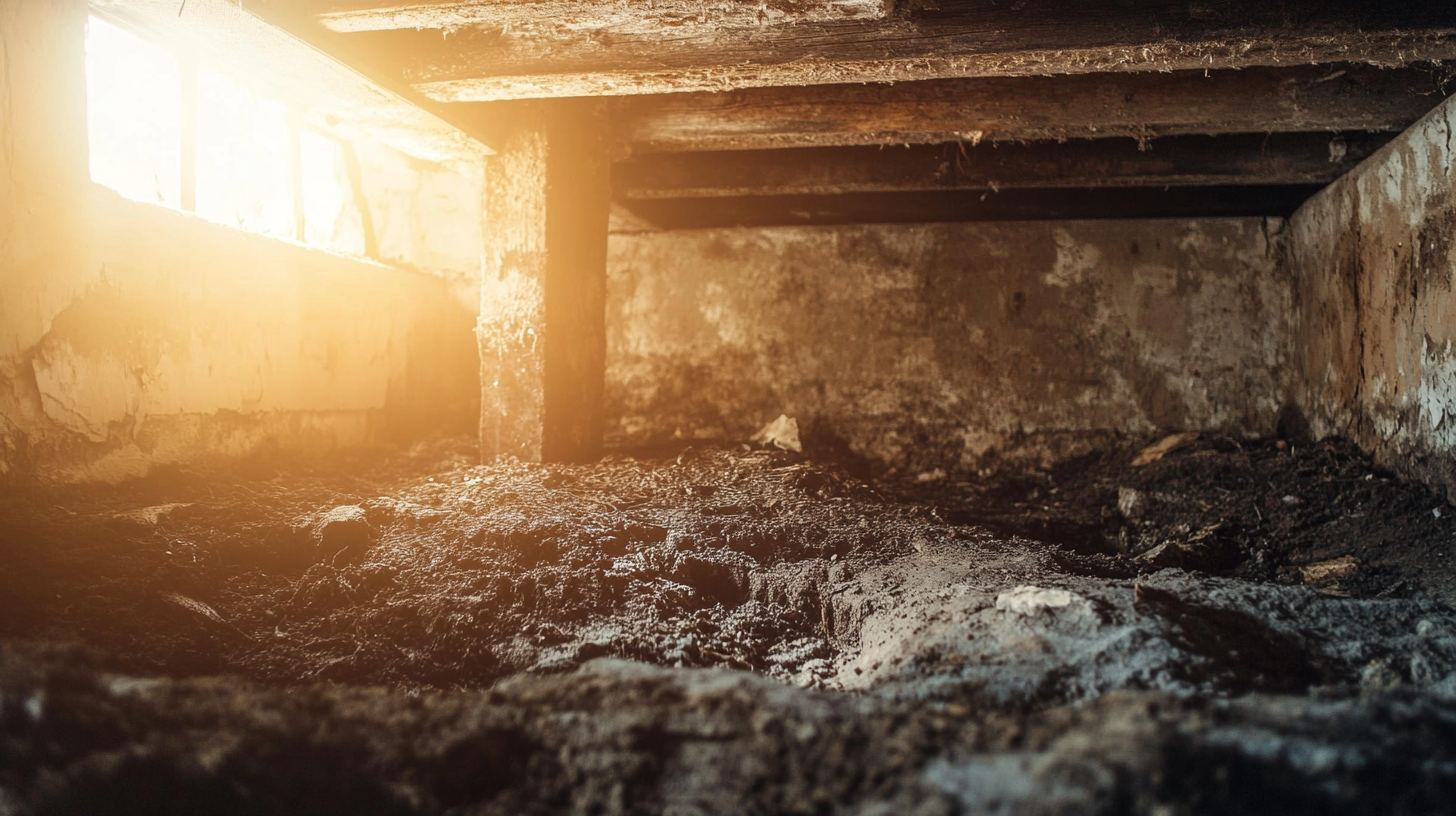Now IS THe Time To...

Crawl Space Services In Knoxville, TN
Stetson Howard: 865-432-6743
CRAWL SPACE ENCAPSULATION, REPAIR, WATERPROOFING & MOLD REMOVAL
No-Obligation, Free Inspections
No-Obligation Free Estimates
We Warranty All of Our Work
100% Satisfaction Guaranteed
Insulation is more than just a layer of protection against outdoor temperatures it is a cornerstone of maintaining a healthy and comfortable living environment. By regulating indoor temperature and controlling moisture, insulation directly influences air quality, energy efficiency, and the overall well-being of a home’s occupants.
A well-insulated home provides a stable indoor climate, reducing the strain on heating and cooling systems while preventing common issues like condensation and drafts. Beyond comfort, insulation also plays a critical role in safeguarding against health risks associated with mold, mildew, and airborne pollutants, which thrive in damp and poorly ventilated spaces.
This blog explores how insulation contributes to a healthier home by addressing temperature regulation, moisture control, and air quality. With the right insulation strategies, homeowners can create living spaces that are not only energy-efficient but also safe and resilient against environmental challenges.
Understanding the Connection Between Insulation and Mold
Mold growth is a persistent issue in homes, often caused by excess moisture and poor temperature regulation. Insulation plays a crucial role in preventing these conditions, making it an essential component in mold prevention strategies. By controlling moisture and improving airflow, insulation helps maintain a healthier home environment.
How Mold Grows
Mold thrives in environments where moisture, warmth, and organic material are present, making many areas in homes susceptible to its growth.
- Moist, Warm Conditions: Mold spores, which are naturally present in the air, begin to grow when they find a suitable environment typically one with excess moisture and temperatures between 60-80°F.
- Sources of Moisture: Common contributors to mold-friendly conditions include condensation on windows and walls, leaks in plumbing or roofing, and high humidity levels. These moisture sources often go unnoticed until mold has already started to develop.
Understanding these growth factors is the first step in effectively preventing mold.
Insulation’s Role in Moisture Control
Proper insulation is a powerful tool in controlling the conditions that lead to mold growth. It works by managing temperature and moisture levels in the home.
- Preventing Condensation: Insulation helps regulate surface temperatures, preventing cold surfaces from interacting with warm, humid air. This reduces the formation of condensation, which often serves as a breeding ground for mold.
- Reducing Humidity Levels: By sealing gaps and improving airflow, insulation minimizes the entry of outside moisture and helps maintain a balanced indoor climate. Materials like spray foam and rigid foam boards are particularly effective in creating a moisture barrier.
These functions not only enhance energy efficiency but also significantly reduce the risk of mold-related issues.
Common Areas Prone to Mold Without Proper Insulation
Certain areas of the home are particularly vulnerable to mold growth if not adequately insulated.
- Attics, Basements, and Crawl Spaces: These spaces often suffer from poor ventilation and exposure to external temperature fluctuations, making them prime locations for condensation and mold growth.
- Exterior Walls: Improperly insulated walls can allow moisture to seep in from the outside, leading to damp conditions that encourage mold development.
- HVAC Ducts and Poorly Ventilated Spaces: Ducts that lack proper insulation can accumulate condensation, while poorly ventilated rooms trap humidity, creating ideal conditions for mold.
Targeting these areas with proper insulation ensures a comprehensive approach to mold prevention, safeguarding the structural integrity of the home and the health of its occupants.
By understanding the connection between insulation and mold, homeowners can take proactive steps to mitigate risks. Insulation not only protects against temperature extremes but also serves as a vital defense against the moisture and humidity that mold requires to thrive.
Benefits of Proper Insulation in Mold Prevention
Proper insulation is a cornerstone of mold prevention in homes and buildings. By regulating indoor temperature, controlling humidity, and preventing air leaks, insulation addresses the root causes of mold growth. These benefits not only enhance structural durability but also improve indoor air quality and occupant health.
Regulating Indoor Temperature
Insulation plays a critical role in stabilizing indoor temperatures, which directly impacts moisture levels and the potential for condensation a key driver of mold growth.
- Reducing Temperature Fluctuations: Insulation minimizes extreme temperature differences between indoor and outdoor environments, preventing the cold surfaces that encourage condensation to form.
- Preventing Cold Spots: During winter, insulation keeps surfaces like walls and ceilings warm, reducing the likelihood of moisture collecting in cold corners or uninsulated areas. This eliminates prime conditions for mold development.
By maintaining consistent indoor temperatures, insulation effectively disrupts the cycle that leads to condensation and mold.
Controlling Humidity
Humidity is a significant contributor to mold growth, and insulation helps manage this by blocking moisture from entering the home.
- Creating a Barrier Against Outside Air: Insulation acts as a protective layer, reducing moisture intrusion by limiting the exchange of humid outdoor air with the drier indoor environment.
- Pairing with Vapor Barriers: In high-moisture areas such as basements and bathrooms, combining insulation with vapor barriers further enhances protection. Vapor barriers help prevent water vapor from penetrating walls, ceilings, and floors, keeping indoor humidity levels in check.
These combined strategies create an environment that is less hospitable to mold, safeguarding both the home and its occupants.
Preventing Air Leaks
Air leaks are a major pathway for moisture to enter a building, creating conditions that foster mold growth. Insulation is a key solution for sealing these gaps and cracks.
- Minimizing Moist Air Entry: Insulation fills gaps and cracks in walls, around windows, and along ceilings, effectively blocking the infiltration of humid air. This prevents moisture from accumulating in vulnerable areas.
- Improving Energy Efficiency: Reduced air leaks not only prevent mold but also enhance energy efficiency by keeping conditioned air inside. A well-insulated home stays warmer in the winter and cooler in the summer, reducing energy costs while eliminating mold-prone dampness.
Proper insulation is more than just a tool for temperature control—it is a comprehensive defense against mold. By regulating indoor conditions, reducing moisture levels, and sealing air leaks, insulation protects the structural integrity of a home while promoting a healthier and more comfortable living environment.
Types of Insulation for Mold Prevention
Choosing the right type of insulation is essential for preventing mold growth in homes and buildings. Different insulation materials offer specific benefits that address the conditions mold requires to thrive, such as moisture and humidity. Below are some of the most effective insulation options for mold prevention and their ideal applications.
Spray Foam Insulation
Spray foam insulation is a highly effective solution for mold prevention, offering multiple benefits that make it ideal for areas vulnerable to moisture intrusion.
- Benefits: Spray foam creates an airtight seal that blocks air and moisture from entering spaces. Its water resistance and long-lasting durability make it a reliable choice for preventing mold.
- Best Applications: It is particularly useful in crawl spaces, basements, and hard-to-reach areas where moisture and air leaks are common. Its expanding nature allows it to fill gaps and crevices thoroughly.
With its superior sealing properties, spray foam insulation is a top choice for mold-resistant construction.
Fiberglass Insulation
Fiberglass insulation is widely used in construction and can be made mold-resistant when paired with proper vapor barriers.
- Features: While fiberglass itself does not feed mold, it can absorb moisture, creating conditions for mold to grow on nearby surfaces. Adding vapor barriers helps mitigate this risk by blocking moisture from reaching the insulation.
- Common Uses: Fiberglass is a versatile material often used in walls, attics, and ceilings to provide thermal insulation while supporting mold prevention efforts.
When installed correctly, fiberglass insulation offers an affordable and effective way to insulate and protect against mold.
Rigid Foam Boards
Rigid foam boards are a durable and waterproof insulation option that excels in areas prone to high moisture levels.
- Features: These boards are inherently resistant to water and mold, making them a perfect choice for high-risk spaces. They also provide excellent thermal resistance, helping regulate temperature and prevent condensation.
- Effective Applications: Rigid foam boards are ideal for basements, foundation walls, and exterior walls that are exposed to moisture.
With their ability to withstand damp environments, rigid foam boards ensure long-term mold prevention and structural integrity.
Cellulose Insulation
Cellulose insulation, made from recycled materials, offers mold resistance through added treatments with mold inhibitors.
- Features: Treated cellulose insulation is designed to repel moisture and inhibit mold growth. However, it is best suited for low-moisture areas, as it is not inherently waterproof.
- Applications: Commonly used in walls and ceilings, cellulose insulation is an eco-friendly option that provides effective insulation and mold protection when installed in the right environments.
By combining sustainability with mold resistance, cellulose insulation is a smart choice for homes in areas with moderate humidity levels.
Selecting the right insulation for mold prevention depends on the specific needs of your project and the environmental conditions. Whether you choose spray foam for its airtight seal or rigid foam boards for their waterproof properties, proper installation and pairing with additional moisture barriers ensure effective protection against mold growth.
Key Areas to Insulate for Mold Prevention
Proper insulation in critical areas of a home or building is essential to prevent mold growth. By addressing vulnerable spaces such as attics, basements, walls, and HVAC systems, insulation creates a barrier against moisture and temperature fluctuations, reducing the conditions mold needs to thrive. Here’s a closer look at the key areas to insulate for effective mold prevention.
Attics
Attics are a prime location for mold growth due to heat rising from living spaces below, leading to condensation.
- Reducing Condensation: Proper attic insulation prevents heat from escaping into the attic, which reduces temperature differences that cause condensation on cold surfaces.
- Maintaining Airflow: Pairing insulation with adequate attic ventilation is crucial. Ventilation ensures proper airflow, helping to manage humidity levels and prevent moisture buildup.
Well-insulated attics not only reduce the risk of mold but also improve energy efficiency and prolong the life of roofing materials.
Basements and Crawl Spaces
Basements and crawl spaces are particularly susceptible to mold because of their proximity to the ground and potential for high humidity.
- Preventing Ground Moisture: Insulating walls and floors in these areas helps block moisture from seeping in, especially during wet seasons.
- Additional Protection: Vapor barriers and encapsulation systems create an extra layer of defense by sealing out dampness and maintaining a dry environment.
By addressing these often-overlooked areas, homeowners can significantly reduce mold risks while enhancing the comfort and durability of their living spaces.
Walls and Exterior Areas
Walls and exterior areas are frequently exposed to weather elements, making them key points for insulation in mold prevention.
- Blocking Moisture: Insulated sheathing on exterior walls helps create a moisture-resistant barrier, preventing cold spots that can lead to condensation and mold.
- Sealing Vulnerable Points: A tight seal around windows and doors ensures that no leaks allow water or humid air to enter the home, maintaining a dry and mold-free interior.
Focusing on these areas ensures both structural integrity and long-term mold resistance for the building.
HVAC Systems
HVAC systems play a vital role in maintaining indoor air quality, but they can become a source of mold if not properly insulated.
- Preventing Condensation: Insulating ductwork minimizes the risk of condensation caused by temperature differences between air inside the ducts and surrounding air. This prevents water droplets from forming and creating a breeding ground for mold.
- Improving Air Quality: By reducing mold growth within the HVAC system, insulation directly impacts the air quality circulating through the home.
Properly insulating HVAC systems not only enhances mold prevention but also improves energy efficiency and reduces maintenance needs.
Focusing on insulation in these key areas provides comprehensive protection against mold growth. By addressing attics, basements, walls, and HVAC systems, homeowners and builders can create healthier, more resilient spaces that stand up to environmental challenges.
Steps to Ensure Proper Insulation for Mold Prevention
Proper insulation is essential for preventing mold, but achieving effective results requires a systematic approach. From assessing insulation needs to ensuring correct installation and ongoing maintenance, each step is critical to creating a mold-resistant environment. Here’s a guide to the key steps for ensuring proper insulation for mold prevention.
Assessing Insulation Needs
Understanding where and how insulation is needed is the foundation of effective mold prevention.
- Conduct a Home Energy Audit: A professional energy audit can pinpoint areas of poor insulation, identifying spaces where heat loss, air leaks, or moisture intrusion may occur. These weak points are often the starting place for mold growth.
- Use Thermal Imaging: Thermal imaging tools can help detect cold spots on walls, floors, and ceilings. These areas are prone to condensation and can reveal potential moisture issues that may not be visible to the naked eye.
By thoroughly assessing insulation needs, homeowners can target the most vulnerable areas and develop a comprehensive plan for improvement.
Installing Insulation Correctly
Proper installation is crucial to ensuring that insulation performs as intended, both in thermal efficiency and mold prevention.
- Hire Professionals for Complex Installations: For areas like attics, crawl spaces, or basements, professional installation ensures that insulation is properly placed and that any potential gaps or vulnerabilities are addressed. This is particularly important in spaces prone to moisture accumulation.
- Use Appropriate Materials: Select the right type of insulation for each area, considering its exposure to moisture. For example, use spray foam in crawl spaces for its airtight seal, rigid foam boards in basements for water resistance, and fiberglass with vapor barriers in walls and ceilings.
Correct installation techniques help maximize the effectiveness of insulation and minimize the risk of moisture-related issues.
Regular Maintenance and Upgrades
Ongoing maintenance is essential for keeping insulation effective over time and preventing mold-related issues from developing.
- Inspect for Wear and Damage: Regularly check insulation for signs of deterioration, such as compression, gaps, or moisture damage. These issues can compromise its performance and create conditions for mold growth.
- Replace Old or Damaged Insulation: If insulation shows signs of mold, wetness, or physical damage, replace it with mold-resistant materials to restore its protective properties. Upgrading to modern insulation options can also improve energy efficiency and durability.
Routine inspections and timely upgrades ensure that insulation continues to provide effective mold prevention for years to come.
By following these steps assessing needs, ensuring correct installation, and maintaining insulation over time homeowners can create a robust defense against mold. Proper insulation not only enhances energy efficiency but also contributes to a healthier, safer living environment.
FAQs
Recent Blog Posts
Crawl Space News
